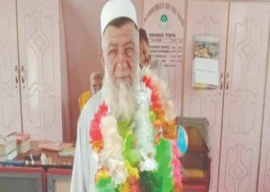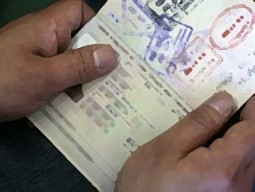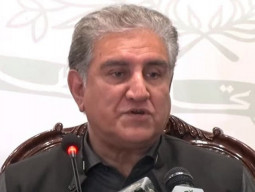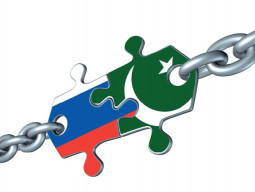
Prior to his address, President Obama called President Asif Ali Zardari to intimate him of the details of the plan. One look at the text of his speech reveals the ominous way in which Pakistan figures in this plan for the next stage of this decade-long war. The plan marks a clear shift from a troop-heavy counter-insurgency strategy, which included large-scale military operations in the southern Taliban strongholds of Helmand and Kandahar. His speech frames the already apparent shift to a counter-terror framework, as the earlier objective of degrading the strength of the Taliban is replaced by the goal of ensuring that there is “no safe haven from which al Qaeda or its affiliates can launch attacks against our homeland, or our allies”.
This renewed focus on al Qaeda and its affiliates is likely to shift the momentum of war to eastern Afghanistan. Coming in the wake of downward spiraling Pakistan-US relations in the aftermath of the Osama bin Laden incident, this tactical shift in the US war plan in Afghanistan has some serious implications for Pakistan. Firstly, as Pakistan moves to limit US access to its military infrastructure — Shamsi Air Base etc. — and to reduce its intelligence and security presence inside Pakistan, the US is likely to enhance its troop presence and bases on the eastern Pakistan-Afghanistan border. We are likely to see an intensification of drone strikes in North and South Waziristan, and even an expansion of the strike coverage to Kurram and Mohmand agencies.
Secondly, this eastward shift in the battlefront also has implications for the fragile and reversible peace process. This essentially means that the operating strategy of talking and fighting at the same time is likely to continue. And the US will still continue to pick and choose those Taliban groups that it considers reconcilable. The peace process, for at least another year to come, is not likely to be as inclusive, as hoped by Pakistan. The al Qaeda affiliate that the US is likely to fight on the eastern Pakistan-Afghanistan border is the Haqqani network, which Pakistan hoped would be allowed to join the peace process.
During his recent visit to Islamabad, Frank Ruggiero, the US deputy special representative for Afghanistan and Pakistan, was asked by Pakistani officials to explain the ‘deliberate ambiguity’ and lack of clarity which shrouds the peace process. The preliminary contacts between US State Department officials and Mullah Omar’s deputy, Tayyab Agha, have also taken place outside the designated core group — Afghanistan, Pakistan and the US — constituted to undertake this very task. It is not clear how long the US will be able to keep Pakistan on board the peace process, as it moves to intensify its military campaign against those Taliban groups which Pakistan considers central to any lasting peace settlement.
Lastly, this counter-terror endeavour also ties in neatly with efforts to explain to an increasingly sceptical American public and a reluctant Congress, the necessity of signing a strategic partnership agreement with Afghanistan. In the president’s words, the US intends to: “Build a partnership with the Afghan people that endures — one that ensures that we will be able to continue targeting terrorists and supporting a sovereign Afghan government.” Such an agreement would oversee the basing of a residual US military presence of approximately 25,000 troops beyond 2014 and commit to long-term economic support to the Afghan state.
Published in The Express Tribune, June 25th, 2011.


















COMMENTS
Comments are moderated and generally will be posted if they are on-topic and not abusive.
For more information, please see our Comments FAQ